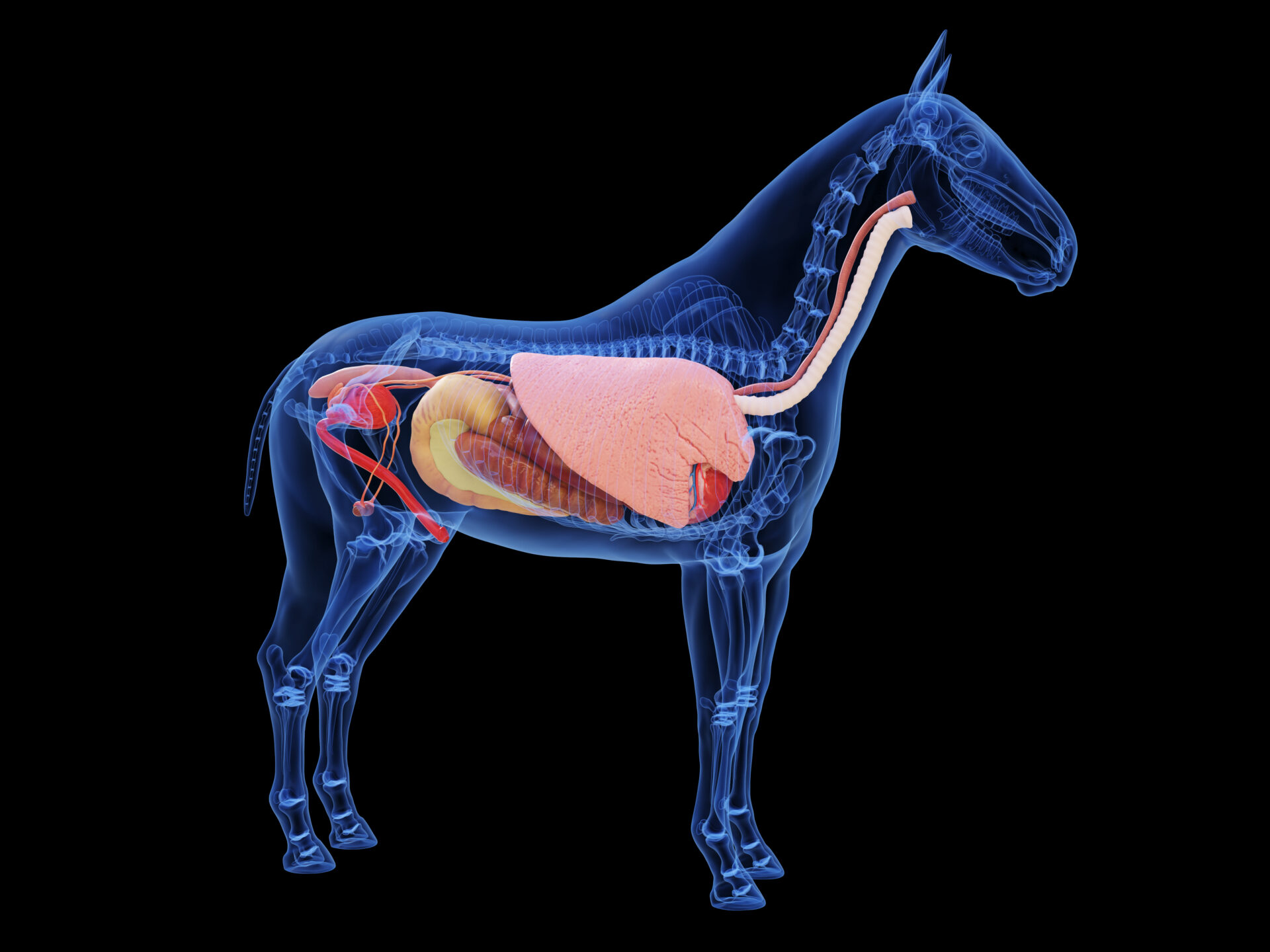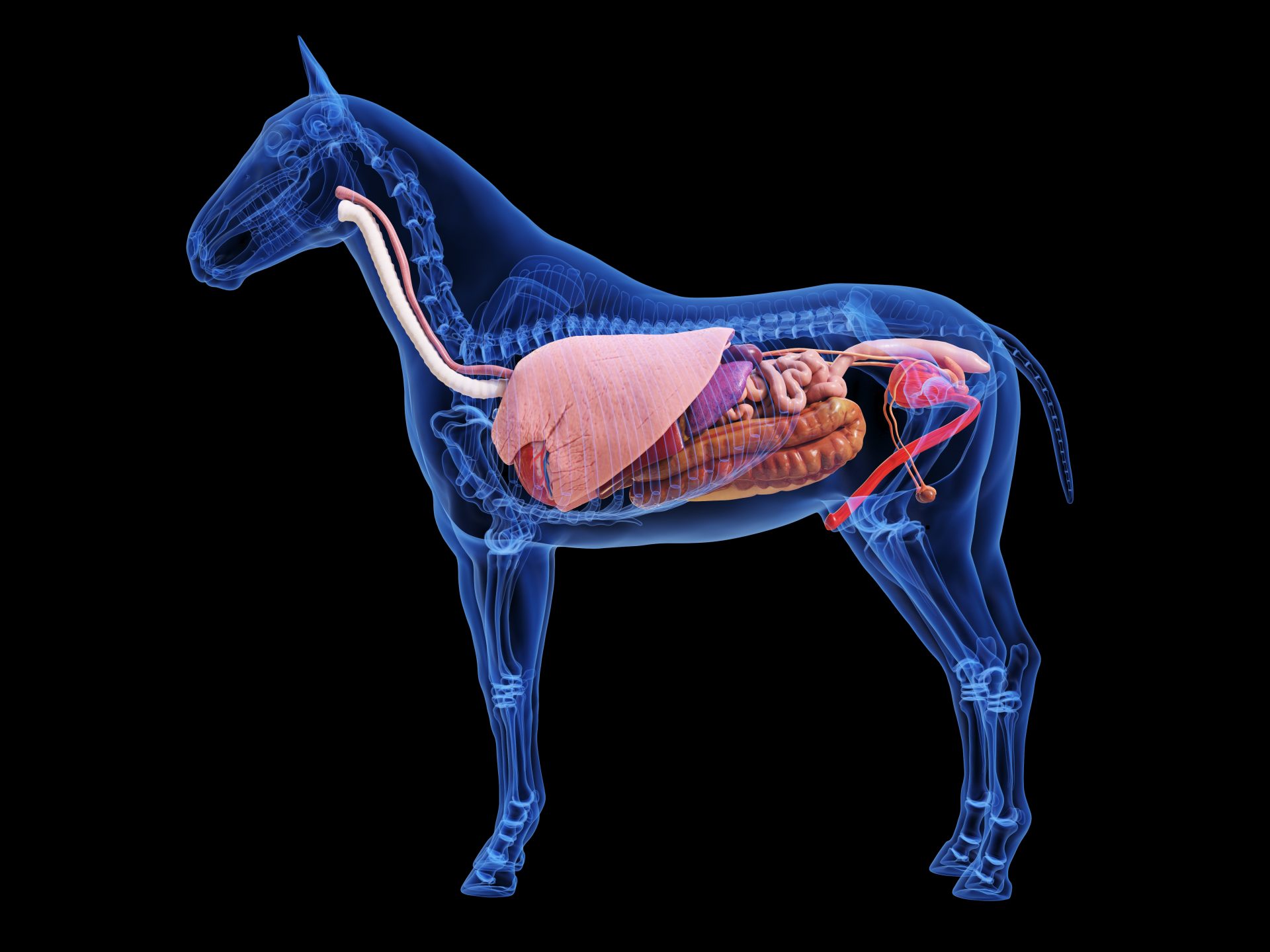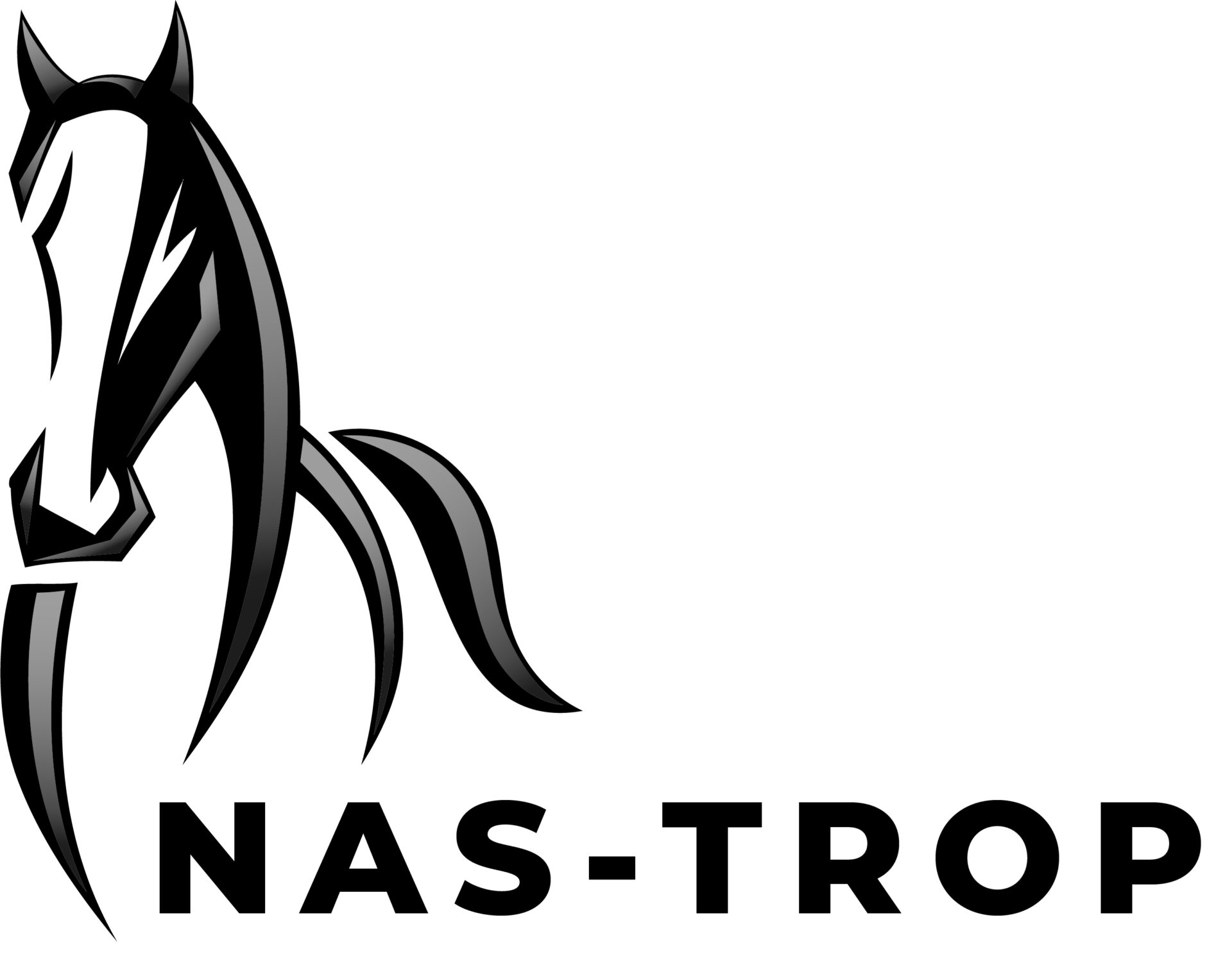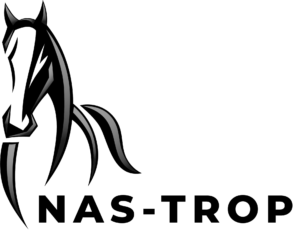A small example and our own view of the horse, nutrition and blood analysis 's :
ShopAfter 45 years of practical experience, it usually involves a number of issues:
- My horse is not running well, strong on the left front, (so there going to treat the left front so that he runs more relaxed).
- My horse doesn’t run well on the right side, (so they inject the right back knee).
- My horse can’t go down from behind, he won’t be strong enough, so they will give him muscle builder.
- My horse can’t do the switch well, so they give him more leg.
- My horse jumps lopsided, he was born that way………
- SI joint pain,
- the 6th and 7th cervical vertebra causing problems.
- What a rotten horse, buy another one…….
Then you’ve had almost everything, almost… GASTRO!! Doesn’t it strike you that almost everything is gastro this, gastro that? Boxes of gastro syringes we find on riders these days. Almost all “normal horse feed” has a gastro product in it.
So many horses with stomach ulcers!
Surely that says something about how WE treat oure horses?
What if 90% of these complaints are due to wrong and too rich nutrition?
And yes mother nature has everything to fix these problems, and no not in our 5* hotel. The tanning bed, massage therapists, crackers, osteo’s , salt water baths, wedge rod etc. If it works, by all means do it! We will never say it doesn’t work. But often this is not addressing the cause, just symptom control.
Digestion and PH
PH is a measure of acidity . 0-5 is acidic / 6-8 neutral / 9 to 14 alkaline
Digestion in the (very) short and the problems mentioned above:
4-5 scoops of concentrate in the bowl, horse eats, hardly chews, enters the stomach, due to too little chewing too little saliva is added (bicarbonate) which makes the stomach acid(PH2-3) neutral. Then to much acidic food particles enter the small intestine then the large intestine and appendix, they get a spasm (PH stomach 2-3, the small intestine PH 7 and large intestine PH 6), this spasm causes colic like symptoms, the large intestine even tilts a bit towards the appendix (a veterinarian can feel and confirm rectally) and the appendix is then blocked. The appendix works on pressure (gas), so it is blocked and the next step is a gas colic, after that there may even be a blockage.
That cecum is a 35-liter organ and lies in front of the right hind leg, right….hmm… isn’t right often the difficult side? Right knee problems, right volte laborious, when you give leg right, the horse kicking you?
Often you see the right hind leg outward. This is because it hurts on the right back in front of the knee. Pain in the belly, leg outward. Because to compensate, the left front leg also goes outward. You notice that with riding, strong on the left rein, like to run away over the left shoulder.
Right rear, left front.
Because to relieve right hind leg, the SI joint and hip must rotate with it, that’s like a nerve center for the hind legs. The relief R.A. is a strain for L.V.
That’s why you often see tendon or hoof problems in the front left.
And even the 6th 7th cervical vertebrae can have problems because of this.
A problem doesn’t just appear out of thin air, it comes from somewhere and it’s all reflected in the blood(!), just scientifically proven.
And if your horse eats a lot of dry roughage (dry hay, not silage) then the PH of the stomach is 5-6.


Drawing a Blood
In a good blood analysis you can see everything that is wrong with the horse, or just right.
Too often a complete blood count is not determined, so on paper ALWAYS a healthy horse. It’s not high math if you go to the vet with complaints and the answer is : Your horse is fine, I don’t see anything. Then something is not right, right?
In the (Alpha, beta, gamma) Globulin levels you can see if the resistance is good or lowered, parasitic infection or bacteriological. In the chemistry, you can see whether the liver can convert lactic acid into glycogen (LDH values) or whether the CK increases (muscle breakdown).
Often not tested for is Leptospirosis, Weil’s disease. What we see in blood results is that this becomes a serious problem for the future. Increasingly, this bacterium is one of the major causes of disease. Often thin manure, days with little energy, sometimes good days, good manure. The same thing happens with bloodworm. In the manure nothing can be found, but the horse has them and is therefore unwell. Again seen in the blood but not looked at.
Hay
What we favor is good forage, not out of plastic, a handful of concentrate for our human doubt, black spiked oats(no white) bit of barley, and a balancer(vitamin/mineral supplement). Why little concentrate feed? In our thought and experience, it has absolutely no added value for a step animal, the horse to give more than 2 kilo’s. The rest is load for the body. But according to the packaging of that concentrate the horse should perform so well that he must be 1st, if not he is missing something, grab the bag next to it , extra this, extra that , coincidentally all available from the same brand.
What if by not chewing concentrate properly those much needed digestive enzymes(pepsin) in the too acidic stomach are already broken down, and again that acidic goo enters the small intestine and destroys the enzymes trypsin. By eliminating those 2 enzymes you are already dealing with a digestive problem. So the horse can NOT absorb its nutrition in the small intestine, colon and blind gut.
Why not plastic bales?
Hay has to dry, preferably about 6 weeks. When we start feeding, they are no longer in the pasture but inside, then we often start giving the first crop or 1st cut to the horses. Horses react to less light hours(fall), then the cecum starts working harder to get more out of nutrients, and then we give the “richest cut”. If it is bested, no problem. But so right into the plastic?
Not everyone has a barn or the space to keep hay dry, and yes there are bales that go into plastic after drying.
Not everything is so black and white, but keep thinking about what you feed at what time.
Super grass
We like to fertilize a few times a year, The (artificial) manure goes into the grass, NPK, nitrogen -phosphorus-potassium stands for growth, this is what the horse eats. So is your horse going to grow? No. Is the foal going to grow from that? Yes in the wrong way. Too much potassium and phosphorus causes wrong bone growth, often you then see a “grass foot.” The bone has grown faster than the tendon and pulls on the hoof bone . So we have Raai grass, nice and high in protein and sugar, full of NPK , that’s asking for trouble. Nice for cows not suitable for horses.
When this grass is harvested and goes directly into the plastic there comes another process, not spoilage but a fermentation process, so even more sugars and proteins are made! Not to mention mycotoxyne, the residual products of fungi!
With us, it’s not, jar supplement in and you have a grand prix winner.
However, a horse can show its quality, and maybe that will be a grand prix winner, or derby winner, or like Albert Voorn’s depreciated Lando, silver at the Olympics!
Yes it is not the horses of old that plow the field or walk in front of the cart, but the anatomy inside has not changed, made for roughage!!! In less than 60 years the horse has not evolved to handle 6 to 10kg of concentrate feed every day. Today’s commercialism would have you believe that.
And yes, most of the problems we face today are very solvable!!!
Jan and Erick Jonas, father and son
Often we get the question, what exactly do you do….. and then try to give a short answer
What is written above is the short answer!!!
Among other things we do.
– determine via pressure tests whether there are acidification and/or digestion problems
– nutritional recommendations
– View and discuss blood analysis
– alternative way of thinking, you often do not have to put “the syringe” in right away.
– Everything can be confirmed through blood analysis.
OPENING HOURS
WEEKDAYS
08:30 – 17:00
WEEKEND
by appointment
Contact
TELEPHONE
0031703647619
0031641285893
ADDRESS
Denneweg 66a
2514 CJ The Hague
OTHER INFORMATION
Chamber of Commerce: 270 90 113
Terms and Conditions
Privacy declaration




